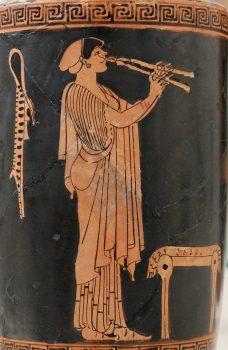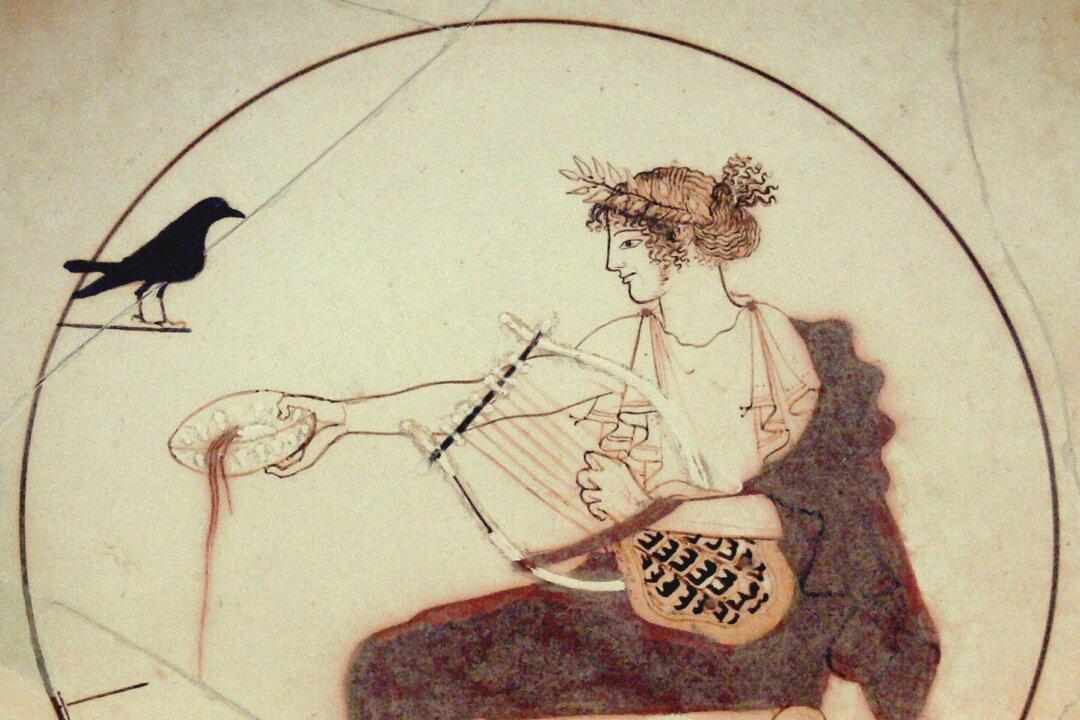In 1932, the musicologist Wilfrid Perrett reported to an audience at the Royal Musical Association in London the words of an unnamed professor of Greek with musical leanings: “Nobody has ever made head or tail of ancient Greek music, and nobody ever will. That way madness lies.”

Many have deemed the sound of ancient Greek music a lost art. Girl playing the aulos or double flute, circa 480 B.C. Attic red-figure on a vase. Fletcher Fund, 1924. The Metropolitan Museum of Art. Marie-Lan Nguyen / CC-BY 2.5






